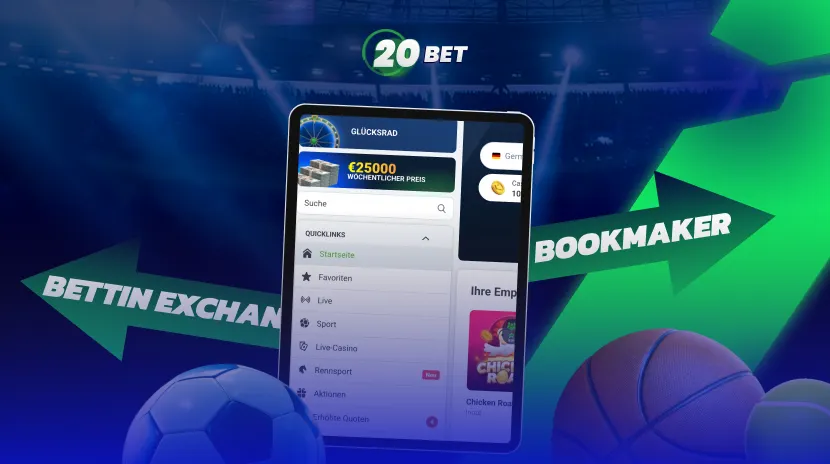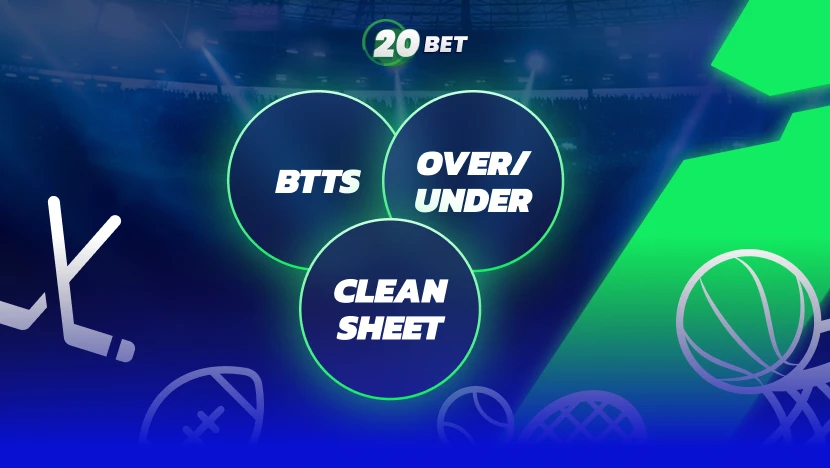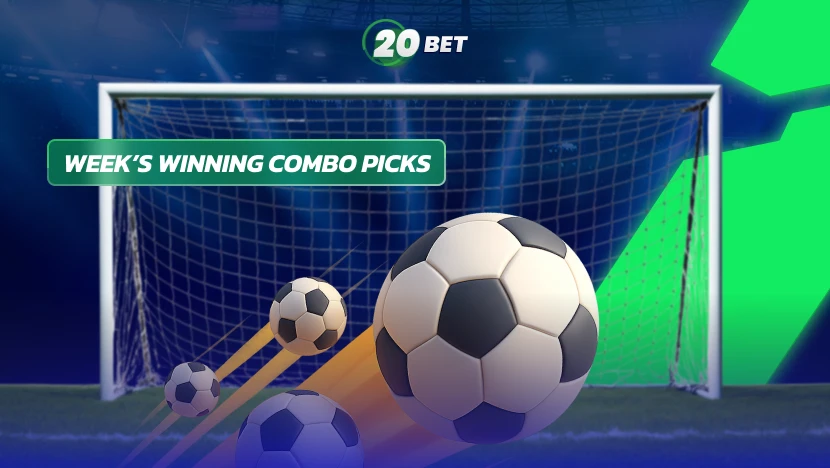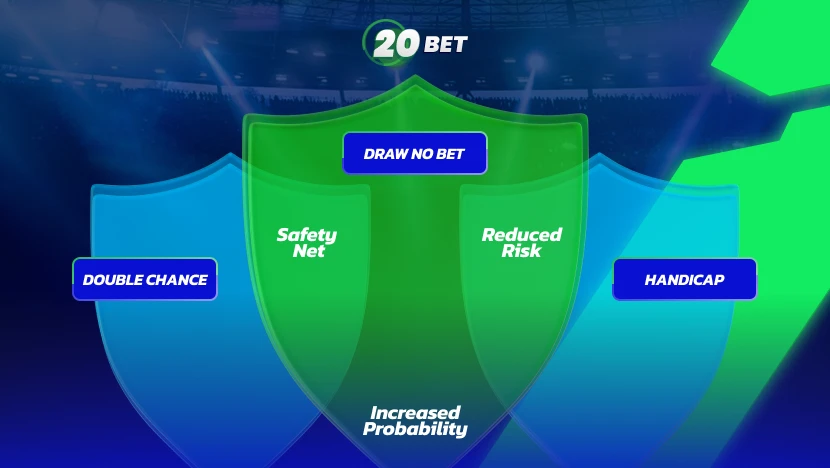Picking where to place a bet matters as much as picking the team. Bookmakers give fixed odds and a simple slip. A betting exchange lets people bet peer to peer, with the crowd setting the price. This guide explains the difference in plain language, shows the math behind prices, and gives clear rules for when to use each.
What Is a Bookmaker?
Bookmakers are the option most bettors use first. They run a fixed-odds model: you choose a side, you lock a price, and the book handles settlement if it wins. This is the familiar betting experience you see on the odds board inside a sportsbook or app.
How Bookmakers Set Odds and Make a Profit
Bookmakers price a market in two layers, then manage risk on the board. First, they estimate a fair probability from models and information, then they add a controlled margin (the vig, often called “bookies’ commission”) to turn prices into a small, repeatable hold. That hold scales with turnover and cushions volatility across thousands of tickets.
How odds are built
Traders combine team ratings, injuries, travel, weather, tempo, and historical matchups to form a baseline. They convert that baseline into fixed odds, add the margin, and publish. Once the market opens, prices move with news and betting action. Sharp money can reveal valuable information, so quotes adjust. Popular sides may be shaded because demand is predictable. Limits control single-bet exposure. The aim is steady pricing, reliable payout, and a stable book, not a perfect 50–50 split on every game.
How margin works
Margin is the bit by which the sum of implied probabilities sits above 100%. That extra few percent (the overround) is the house’s expected hold on the market.
In practice, bookmaking comes down to this: price the event, add margin, post odds, adjust to information and betting flow, and keep exposure within policy. The margin is baked into the price, not charged afterward as a separate fee.
Simplicity and Fixed-Odds Model
Bookmakers keep things easy: pick a stake, see the payout, and place the bet. Many betting sites also offer early cash-out features to lock in a result before full-time. On top of that, bookmakers offer promos and bonuses for new and existing customers.
What Is a Betting Exchange?
A betting exchange is peer-to-peer betting. Users post prices and match each other’s actions. The platform charges a small commission on net winnings instead of building a margin into the price.
Peer-to-Peer Betting and Setting Your Own Odds
On an exchange, you can request the odds you want and wait for a match. When liquidity is high, you often see low-margin betting or near-marginless pricing, which is why exchanges can show some of the best sports odds on popular events today.
Back and Lay Betting Explained
Two sides exist:
- Back a selection: Same as a bookmaker ticket – win if it happens.
- Lay a selection: Act like the house – win if it doesn’t happen.
Lay betting introduces hedging, trading, and reducing exposure mid-game. For example, back Team A at +180 pre-match, then lay Team A at +120 after an early goal to lock profit. That is simple arbitrage inside one event, created by price fluctuation.
Commission Instead of Margin
Exchanges charge a small percentage on winnings, often 2–5%, instead of a built-in margin. This keeps transparency high: you see the volume on the ladder, the unmatched money, and the limit you can actually get filled.
Betting Exchanges vs. Bookmakers: Head-to-Head Comparison
| Factor | Bookmaker | Exchange |
| How prices work | Margin built into fixed odds | User-set prices, small commission on wins |
| Best for | Fast slips, promos, guaranteed liquidity | Price shoppers, traders, hedging, arbitrage |
| Tools | Parlays, cash-out, bonuses | Back and lay, ladders, partial matches, live trading |
| Price quality | Stable; margin protects against volatility | Often sharper on big games when volume is high |
| Difficulty level | Very simple | More complex; needs basic order-book reading |
| Risk controls | Limits, stake caps, house settles | Counterparty match risk, unmatched bets remain open |
Odds and Value: Margin vs. Commission
Bookmakers include a margin inside the ticket. Exchanges take a commission after the result. On high-profile games with deep liquidity, the exchange can beat book prices by a few ticks, especially near kick-off when turnover spikes.
Flexibility: Lay Bets, Trading, Cash-Out Options
Books offer one-click cash-out betting. Exchanges let you do the same manually with lay betting, often at better levels if the market moves in your favor.
Liquidity and Bet-Matching Requirements
Books guarantee a fill at posted odds. Exchanges need another user to take the other side. Big-league matches have strong liquidity, but small props may not.
Complexity vs. Simplicity of Use
Books are point-and-shoot. Exchanges require a bit more strategy: reading the ladder, watching pricing fluctuation, tracking exposure, and understanding settlement rules.
Promotions, Bonuses, and Market Variety
Books usually win on promos. A bookmaker’s bonus calendar, profit boosts, and parlay boosts can swing expected value (EV) on certain days. Exchanges, meanwhile, win on odd markets like niche hedging or micro-trading angles.
Pros and Cons of Bookmakers
Now that you’ve seen the broad trade-offs, here are the specifics.
Pros
- Fixed odds are instant and simple – no waiting for a match.
- Wide market menus, strong cash-out tools, and clear settlement.
- Regular promos, boosts, and free-bet offers.
Cons
- The built-in margin reduces raw price value vs. deep exchange markets.
- Limit cuts can hit consistent winners.
- No natural lay betting and fewer pure hedging plays.
Pros and Cons of Betting Exchanges
Exchanges flip the model, which creates new edges and new frictions.
Pros
- Often better prices on big events due to crowd-driven pricing and high volume.
- Lay betting enables hedging, in-play trading, and creative strategy.
- Transparent liquidity ladders and near-marginless pricing in peak times.
Cons
- Complexity, reading the ladder, and managing unmatched orders.
- Thin liquidity in small markets – your target stake may not fully match.
- Commissions on wins can erase tiny edges.
Use Cases: Which Should You Choose?
The model that fits depends on experience level, goals, and how much time you give to price shopping.
For Beginners and Casual Bettors → Bookmakers
Start with the simple flow, then learn how to convert odds into probabilities. Use books for fast slips, promos, and guaranteed fills. If the aim is fun with training wheels, a book is better.
For Experienced Bettors and Traders → Exchanges
Use exchanges for sharper lines on major games, live trading, and hedging around position exposure. This is also where automation tools can help manage entries and exits.
Using Both for Matched Betting or Arbitrage
Mixing both unlocks matched and arbitrage betting. For example, you can take a book promo, then lay the same outcome on the exchange to neutralize risk. Or grab a stale book price and offset on the exchange when spread and fluctuation create a tiny arbitrage window.
Quick Math: Odds to Implied Probability
This is the quick check that tells whether a fixed-odds quote is fair or not.
Formulas:
- For negative American odds (−A): implied probability = A / (A + 100)
Example: −110 → 110 / 210 = 52.38%
- For positive American odds (+A): implied probability = 100 / (A + 100)
Example: +150 → 100 / 250 = 40.00%
From probability back to fair odds:
- Fair negative odds for chance p: −(p / (1 − p)) × 100
Example: 55% → −(0.55 / 0.45) × 100 ≈ −122
- Fair positive odds for chance p: ((1 − p) / p) × 100
Example: 40% → (0.60 / 0.40) × 100 = +150
How to use it:
Write the fair probability first, convert it to your target price, then compare it with the book or the exchange ladder. Take the side that sits closest to your fair number. On exchanges, remember commission trims tiny edges, so aim for a little extra cushion. This is how to get fixed odds that make sense without guessing.
Responsible Gambling
Betting should stay a form of play, never a way to cover bills. Set weekly limits, track results, and pause if betting starts to add stress at home or work. 20Bet provides in-account support and a Help Center for deposit limits, time-outs, and self-exclusion. Reach out through live chat or the site’s contact form if you need help.
In North America, support is available via the National Council on Problem Gambling and ConnexOntario.
FAQ
What exactly is the difference between a bookmaker and a betting exchange?








